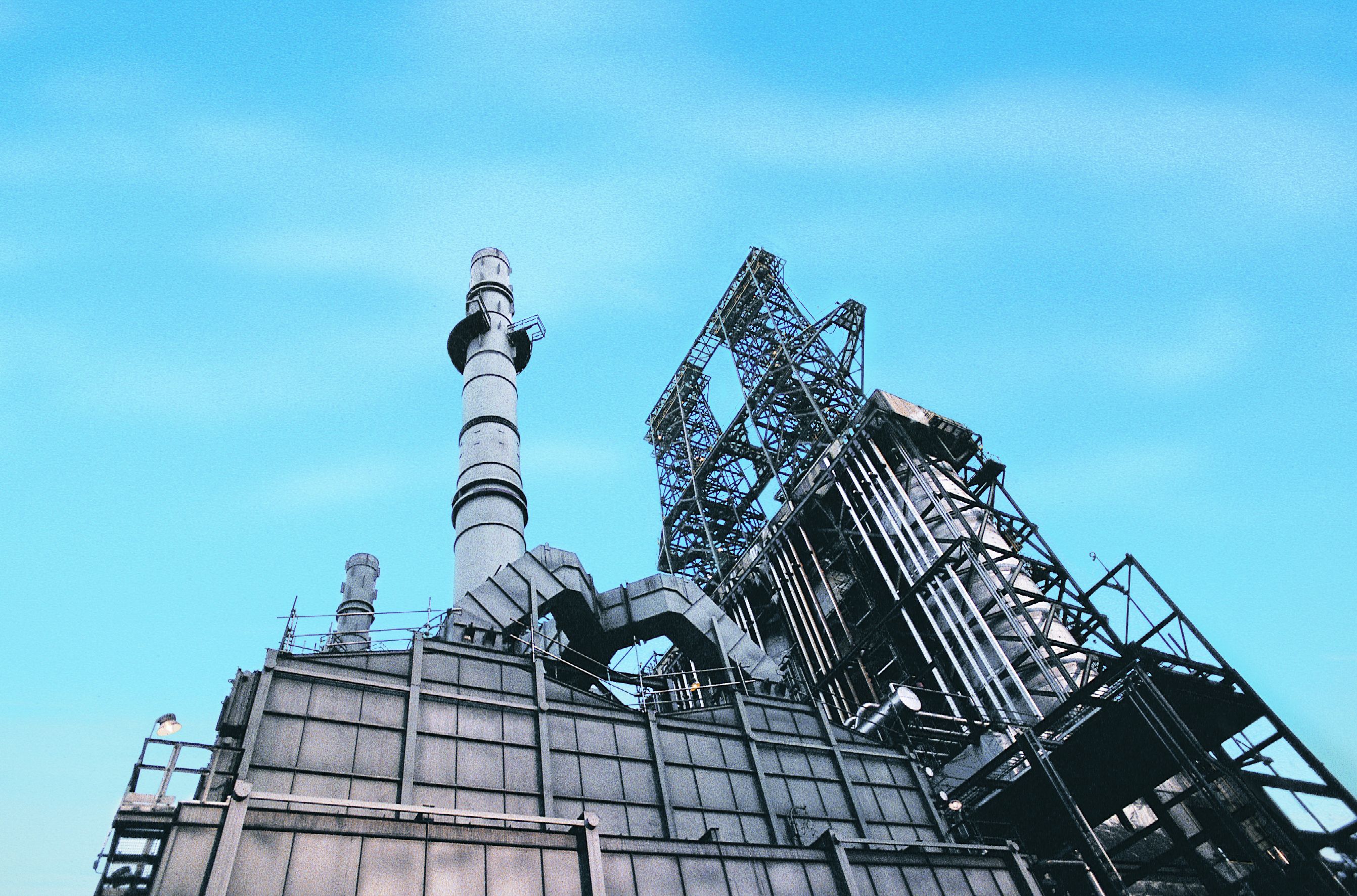Frontera Energy Corp. (TSX:FEC) formerly known as Pacific Exploration and Production Corp., was one of the highest-profile Canadian victims of the protracted slump in crude. At the height of the oil boom, the company overleveraged its balance sheet, as it loaded up on debt to acquire assets of questionable quality.
By the end of 2015, debt had ballooned to an unmanageable US$5 billion and Pacific Exploration found itself unable to generate sufficient cash flow to meet its financial obligations. There were also rumours of excessive spending by former executives, and an inability to adapt the difficult operating environment that had arisen.
The company filed for bankruptcy protection and completed a debt restructuring, which, while reducing debt by an impressive amount, all but wiped out existing shareholders. It was from that process that Frontera emerged, while there is every sign that it is in good shape, those events left a bitter taste for many investors, with markets questioning if the company can be trusted.
Now what?
Frontera is one of the largest privately owned oil producers in the Latin American nation of Colombia, producing an average of 70,082 barrels daily for 2017, or a stunning 32% lower than a year earlier. That can be attributed to Frontera’s loss of the Rubiales-Piriri field in Colombia, the contract for which expired in June 2016. Frontera also experienced problems with other properties, notably in Peru, where an indigenous community claim put up a blockade, forcing Frontera to shut down operations at that location for two months. Operating costs for 2017 also rose sharply, increasing by 17% year over year.
Nonetheless, Frontera’s netback for 2017 improved to US$22.07 per barrel, which was US$4.18 greater than 2016, reflecting the higher average price of the international oil benchmark Brent over the course of the year.
Frontera’s 2018 guidance also does not paint a particularly rosy outlook for the company at this time. Production is forecast to remain flat at 65,000-70,000 barrels daily, as are costs.
The glimmer of hope for Frontera and its investors is that not only did the restructuring reduce debt to US$250 million from US$5 billion, but international ratings agencies recently upgraded their credit ratings. In early November 2017, Fitch Ratings Inc. upgraded its corporate credit rating from B to B+ while Standard & Poor’s Financial Services did the same later that month, upgrading its rating from B+ to BB-. That indicates that Frontera is viewed as lower risk by ratings agencies and that its financial health has improved significantly; this should help to ensure that any future debt is cheaper to obtain.
Another positive aspect is that in the wake of the restructuring existing senior management, those who’d presided over the disaster were replaced to boost investor confidence in Frontera.
Even after the loss of its interest in the Rubiales-Piriri field, Frontera still has credible net oil reserves totaling 154 million barrels as of the end of 2017, although a large proportion is undeveloped. Those reserves have been calculated to have a net present value of US$1.9 billion after tax, which comes to $49 per share at the current exchange rate, which is 30% higher than Frontera’s market price.
So what?
While Frontera appears attractively valued, especially in an operating environment where oil is rising, it is a tough company to like. The long history of previous management misleading shareholders and the company’s eventual bankruptcy have caused a considerable stigma to surround the company.
However, Frontera is attractively valued when the quality of its Colombian oil assets and the value of its reserves are considered. Higher oil will cause earnings as well as Frontera’s bottom line to grow, which should cause its shares to appreciate. In addition, a stronger balance sheet and new management create a sense of greater confidence.







